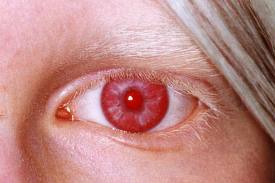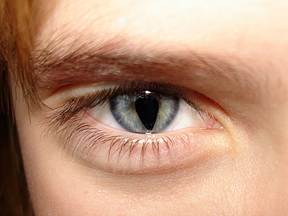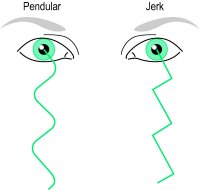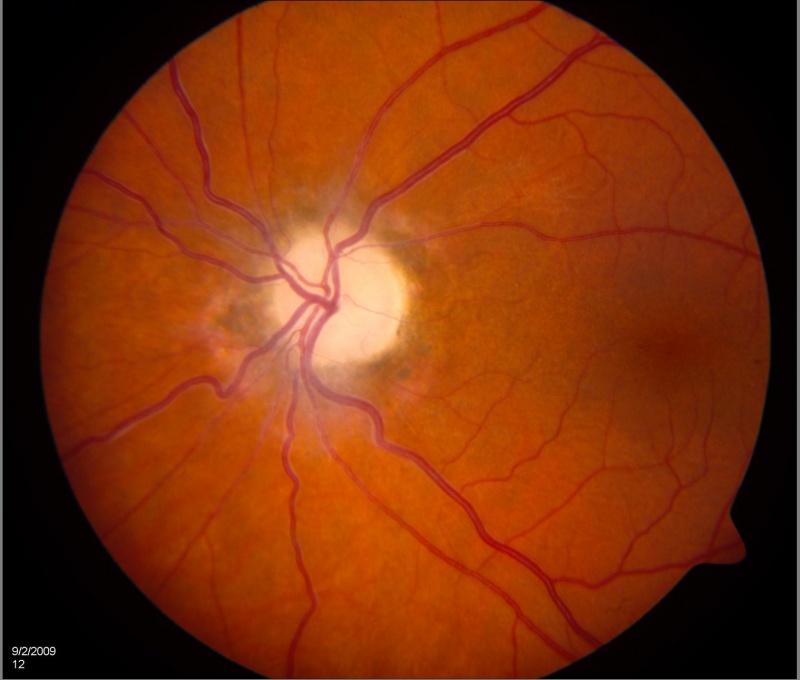What is Visual Impairment
What is a Visual Impairment?
Visual impairment includes two main categories: blindness and low vision. The nature and degree of visual impairment can vary, so each person may need different strategies, assistive technology and adapted materials in order to learn effectively.
Common Eye Conditions:
|
Albinism |

Albinism is a genetic condition in which there is a lack of normal pigment in the eyes and often in the skin and hair. People with albinism usually have reduced visual acuity, sensitivity to light and nystagmus (involuntary movement of the eyes).
|
Cataracts |

A cataract is an opacity or cloudiness of the lens of the eyes, sometimes present at birth. People with cataracts have reduced visual acuity and hazy vision that makes near and distant visual activities difficult, particularly in bright light. They may have poor colour discrimination.
|
Coloboma |

A key-hole shaped gap can appear in the iris (the coloured part of the eye) when the eye is developing. Vision loss from Colobomas may vary from mild to severe depending upon its size and location. Occasionally other disorders may be associated with coloboma, such as glaucoma , nystagmus , strabismus or blind spots in the visual field.
|
Glaucoma |

Glaucoma is a disease in which there is damage to the optic nerve, and results in reduced visual acuity and loss of peripheral vision. People with glaucoma may have difficulty focusing their gaze between near and distant objects.
|
Hyperopia |

Hyperopia: (farsightedness) is a condition in which the rays of light entering the eye focus behind the retina instead of on the retina. Students with hyperopia can see more clearly at a distance.
|
Macular Degeneration |

Macular degeneration is an eye disease which results in gradual loss of central vision. People with macular degeneration have difficulty reading print on paper and screen.
|
Nystagmus |

Nystagmus is involuntary movement of the eyes that can cause fatigue when carrying out visual tasks. Reading print can be very difficult. Nystagmus is associated with many eye conditions or it may be the only diagnosis identified by an ophthalmologist.
|
Optic atrophy |

Optic atrophy is the degeneration of the optic nerve fibres so that they are no longer able to transmit accurate visual images from the retina to the brain. This may have an effect on both near and far vision.
|
Retinitis pigmentosa |

Retinitis pigmentosa is a hereditary condition in which the retinal cells degenerate. This results in a progressive narrowing of the field of vision, night blindness and often extreme sensitivity to light. People with retinitis pigmentosa may have difficulty, scanning the environment and reading print on the blackboard or page.
|
Strabismus |

Strabismus is a muscle imbalance that prevents the eyes from focusing together on a single point to achieve binocular vision. People with strabismus may have significantly decreased vision in one eye and have difficulty with depth perception.
...................................................
Although two people may have the same diagnosis and visual acuity, they may each learn and function in different ways. A person’s vision may fluctuate or may be temporarily influenced by other factors such as:
· the nature of the visual impairment;
· fatigue;
· glare;
· inappropriate lighting;
· medication; and
· general health.
Documents and books in a standard print size are often inaccessible to students with visual impairments. Technology such as CCTV can be used to enlarge original copies of texts/books, however, having access to suitable learning materials in an alternative format, such as braille, large print, ebooks and Mp3 may be more appropriate.
For more information, please contact Helene Loizides-Dickson in C12, ext 2108 or email helene.loizides-dickson@chichester.ac.uk
